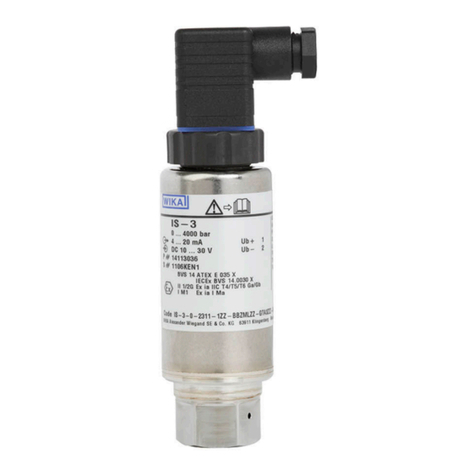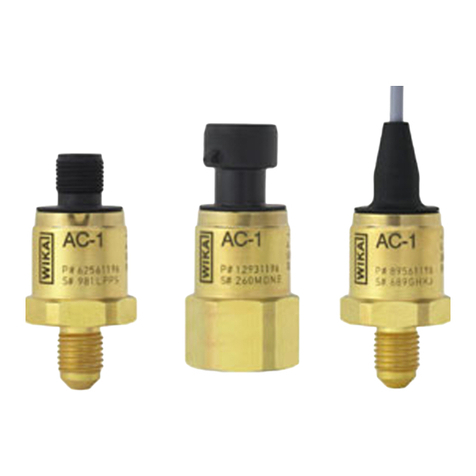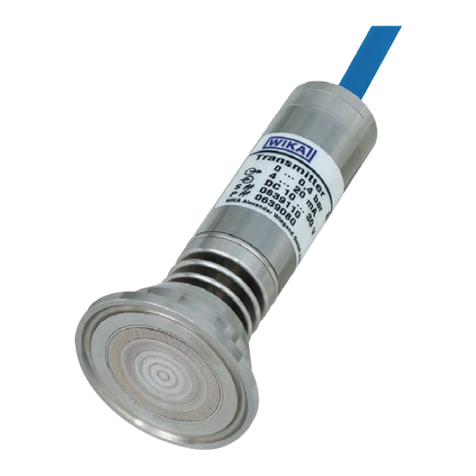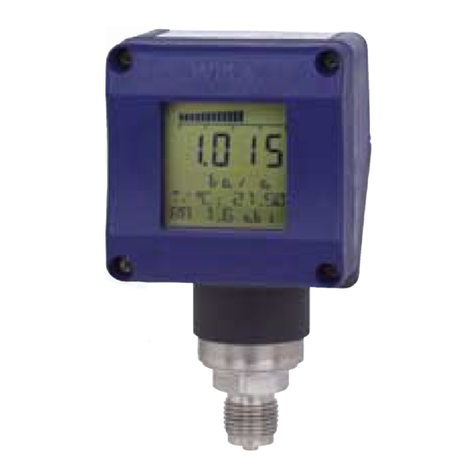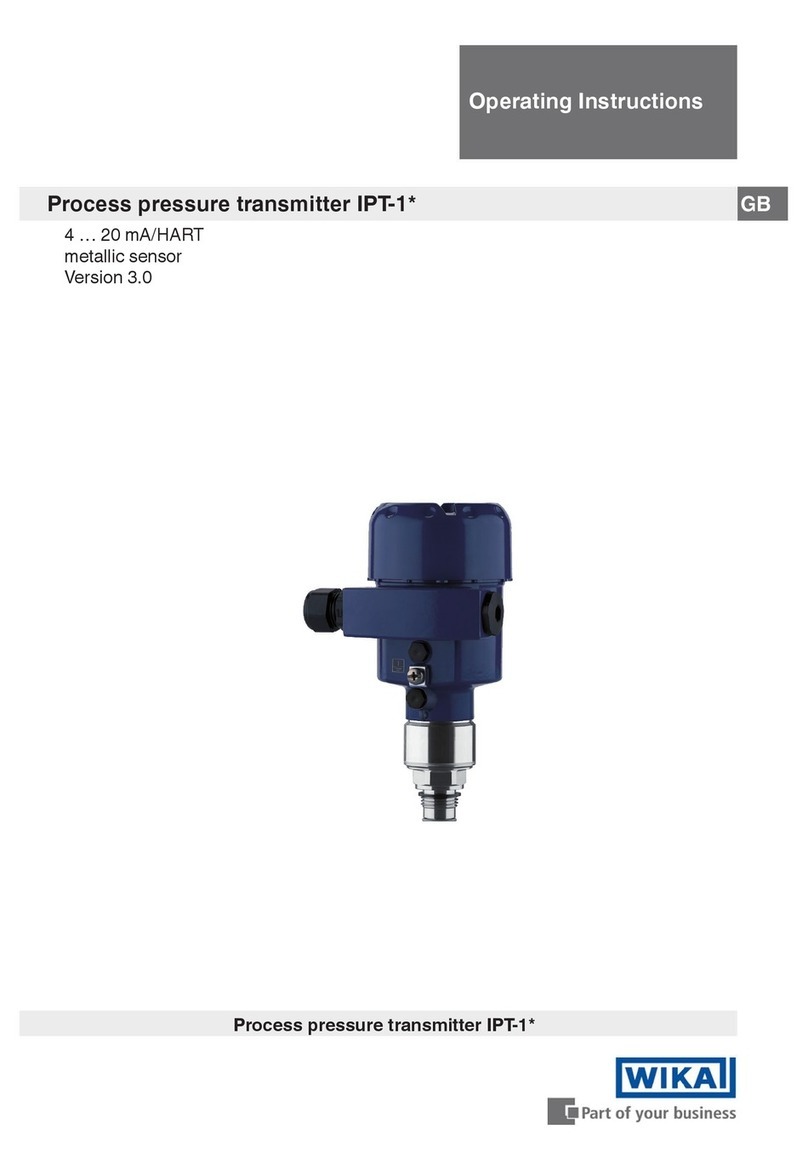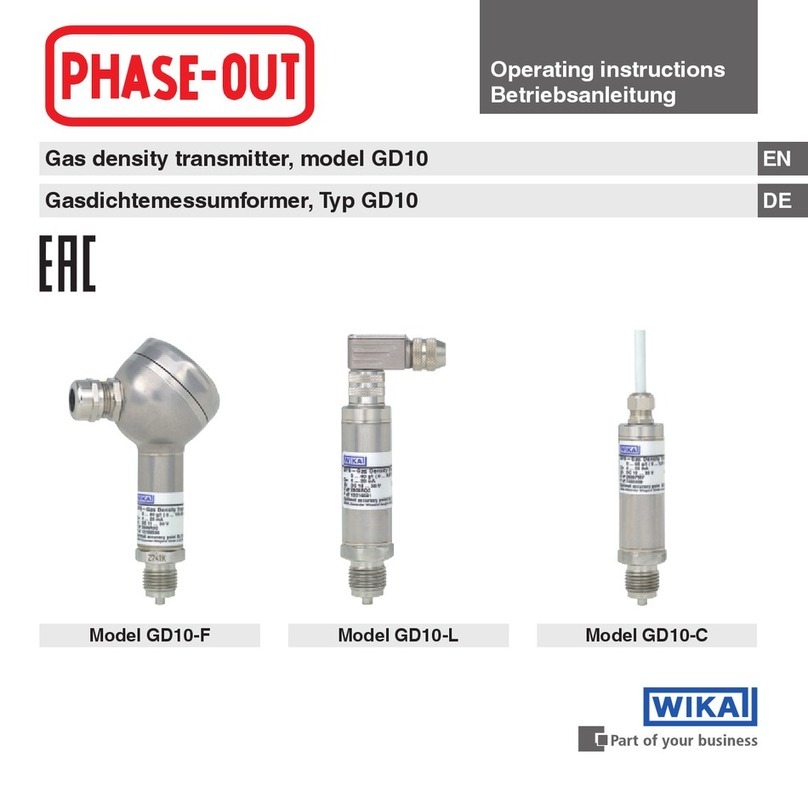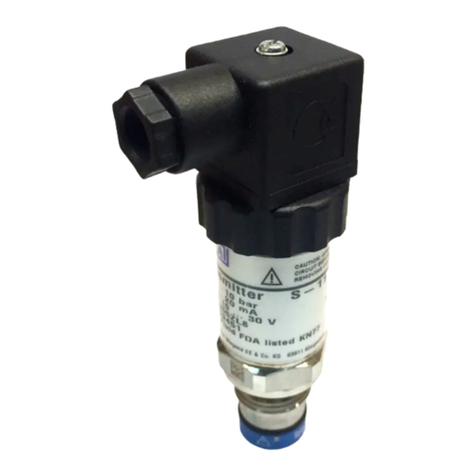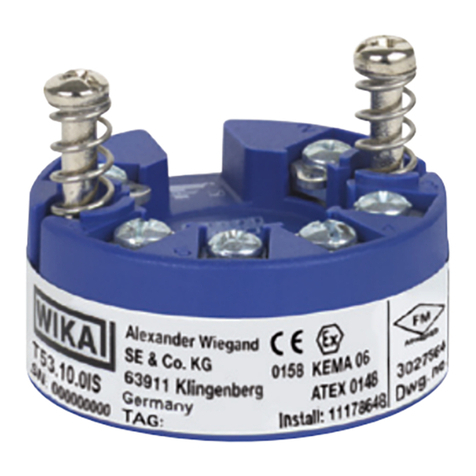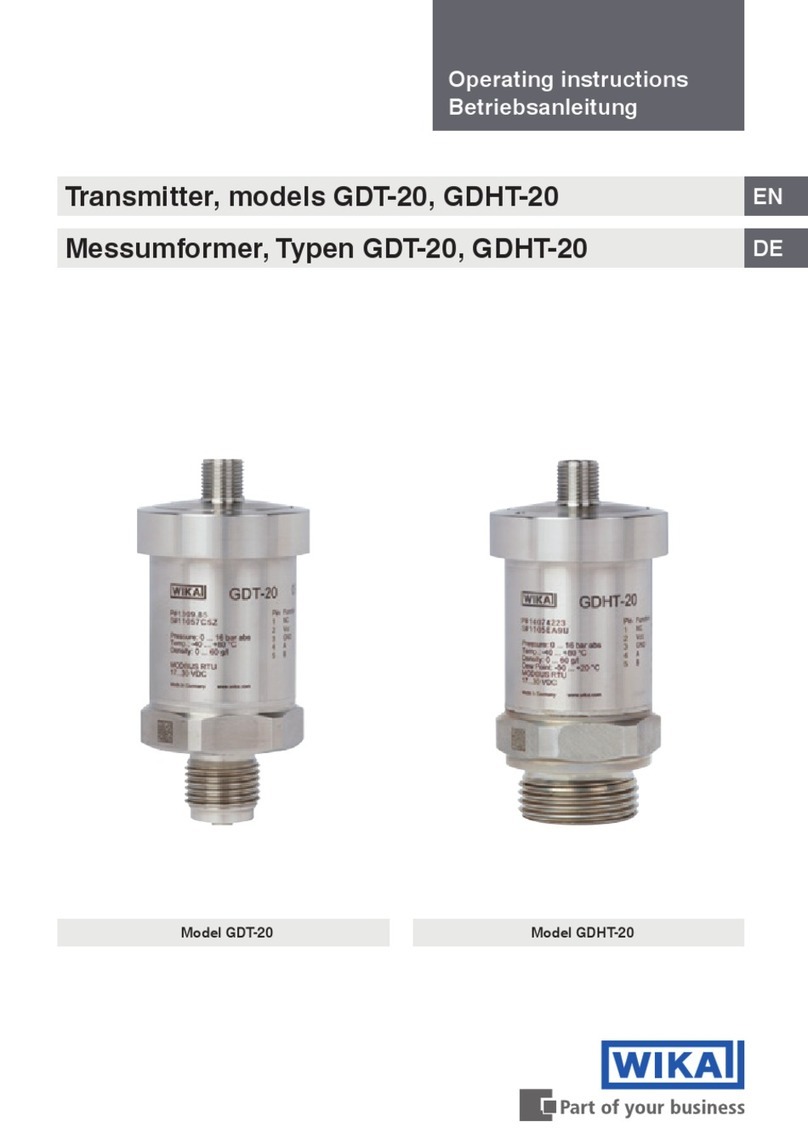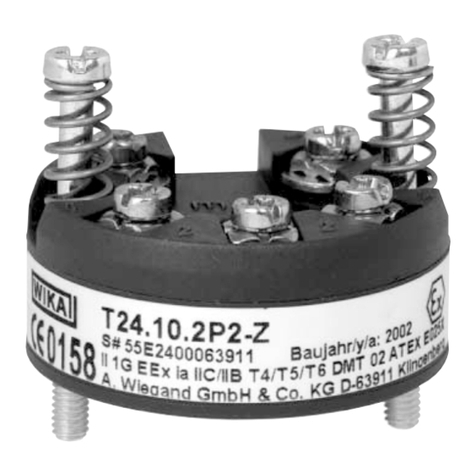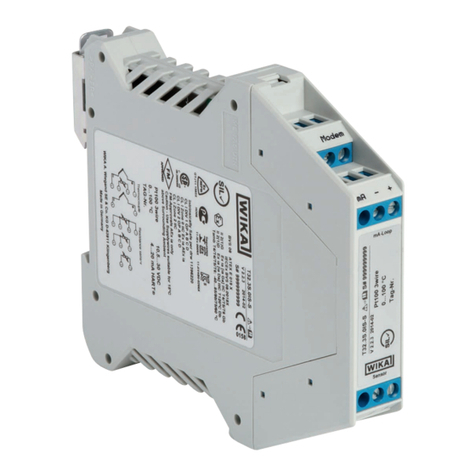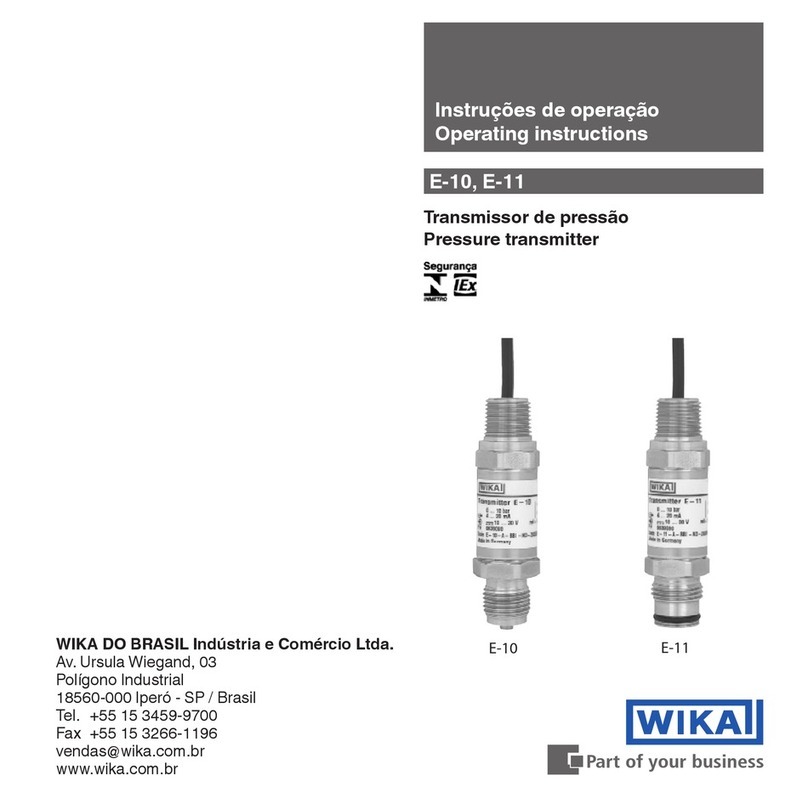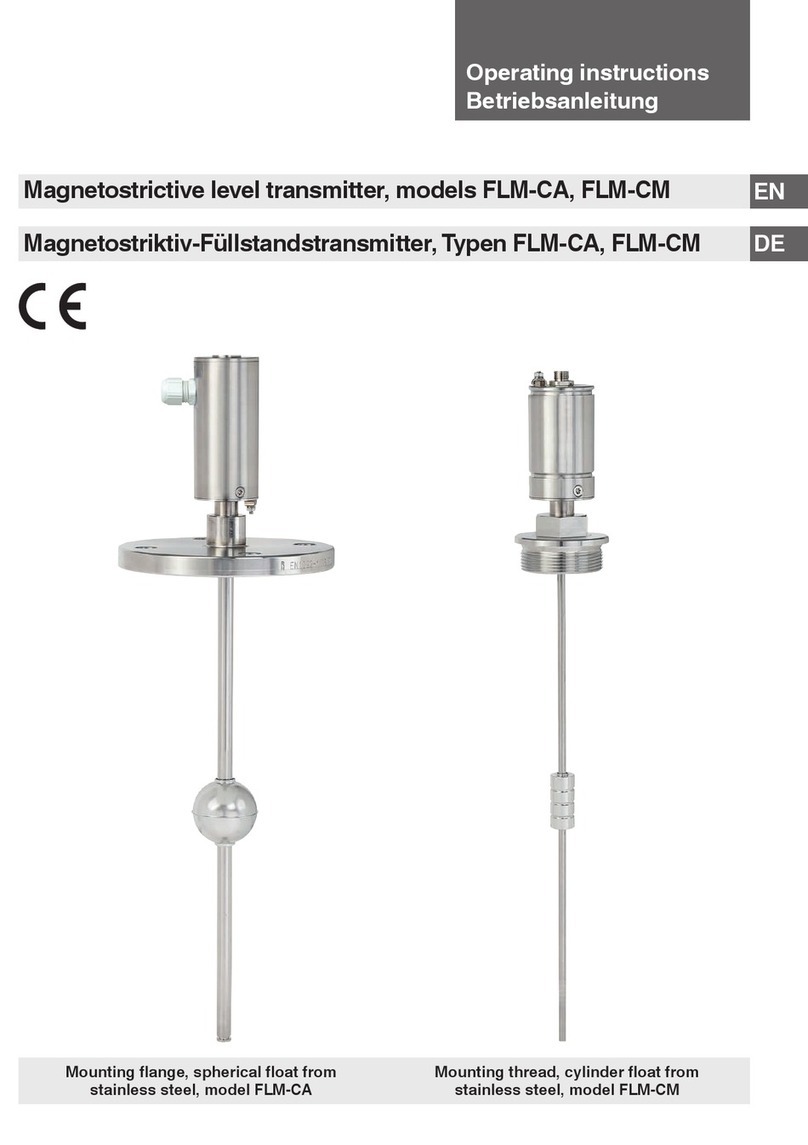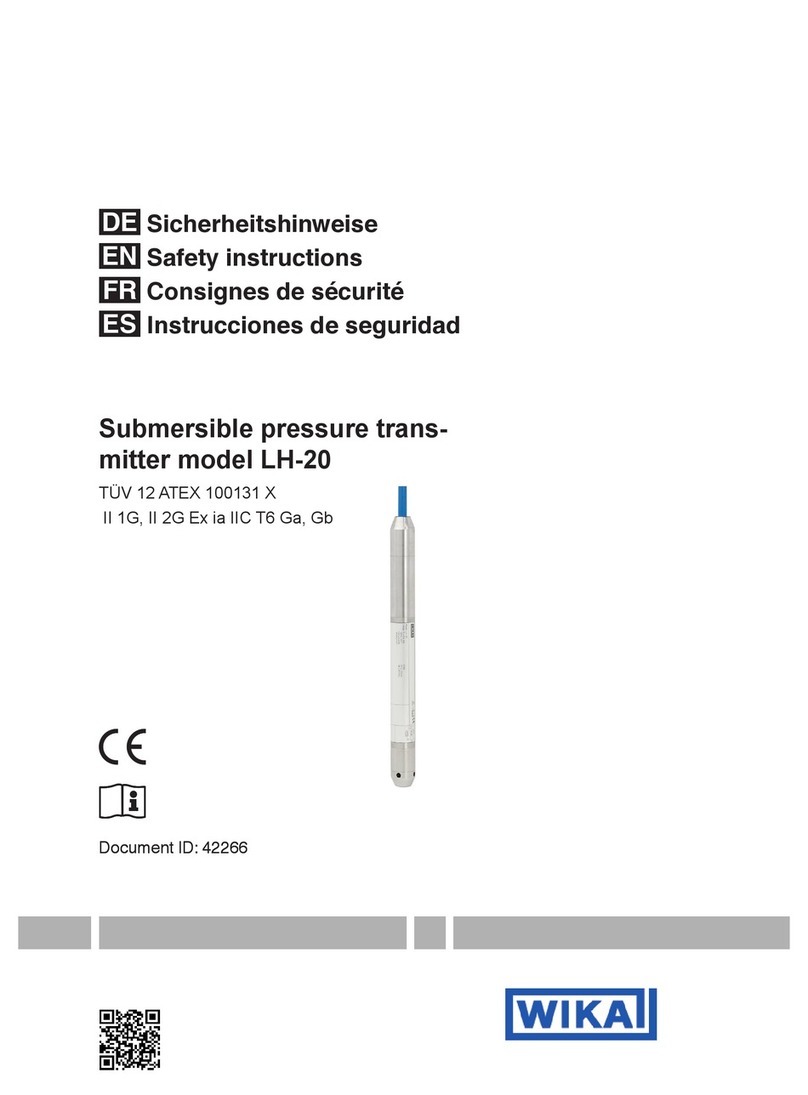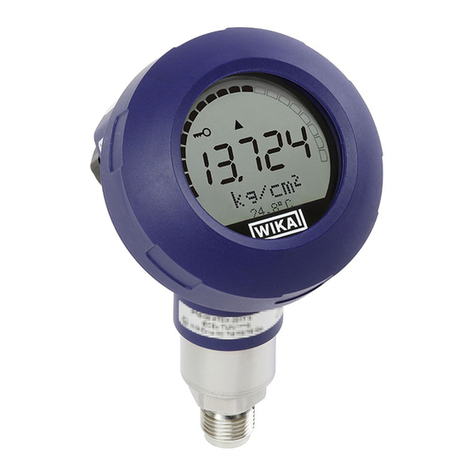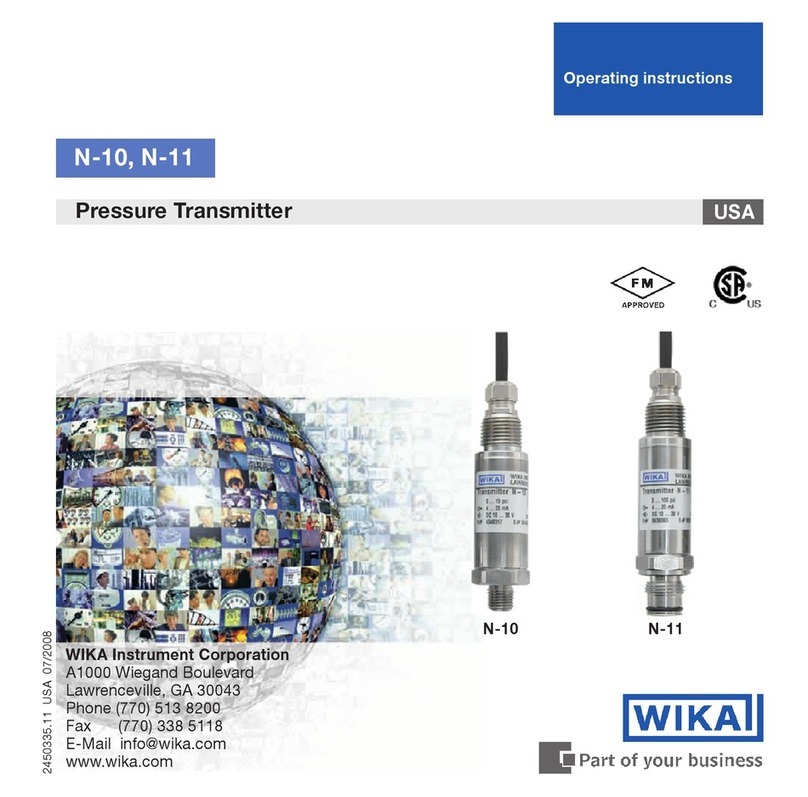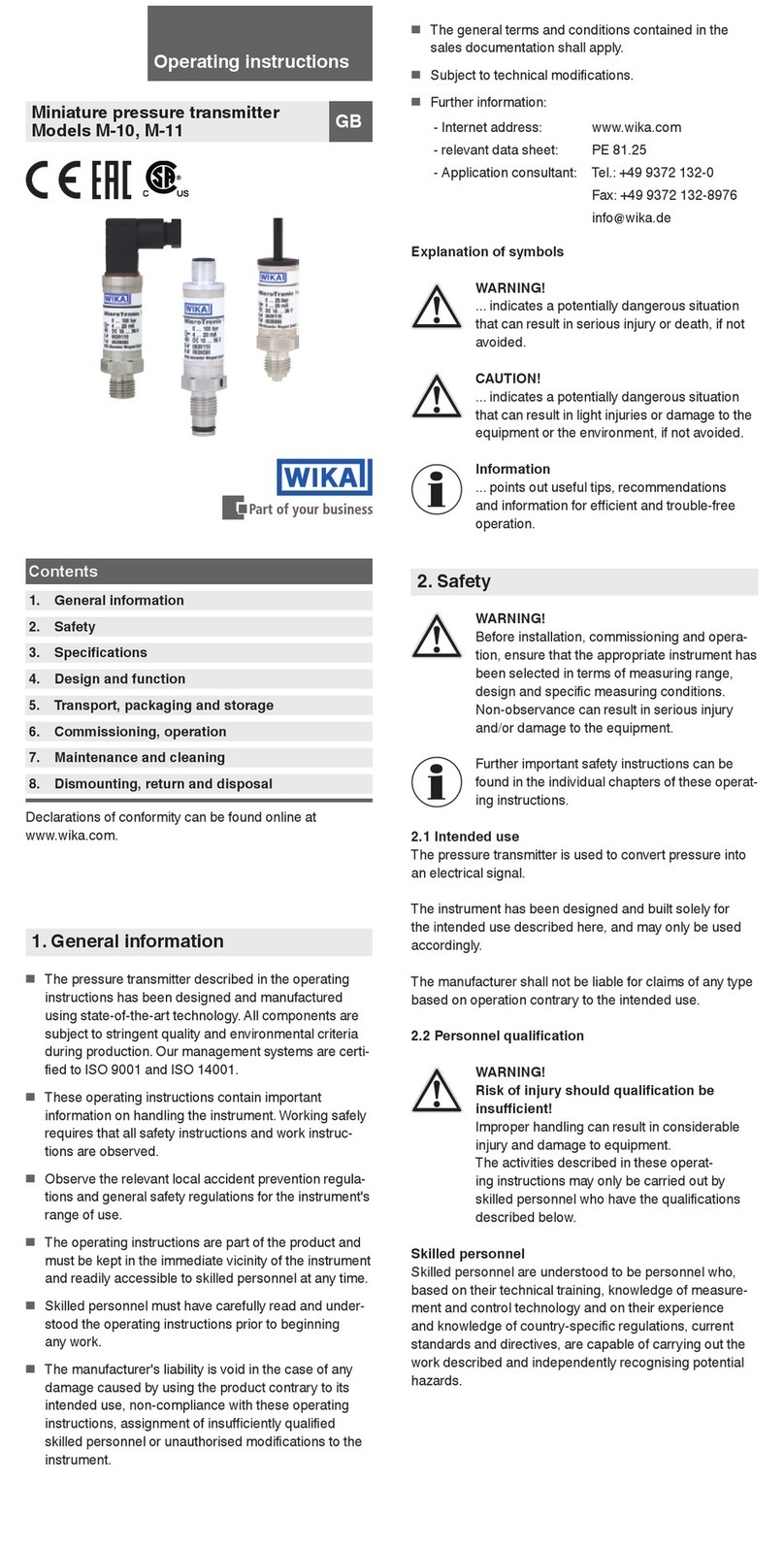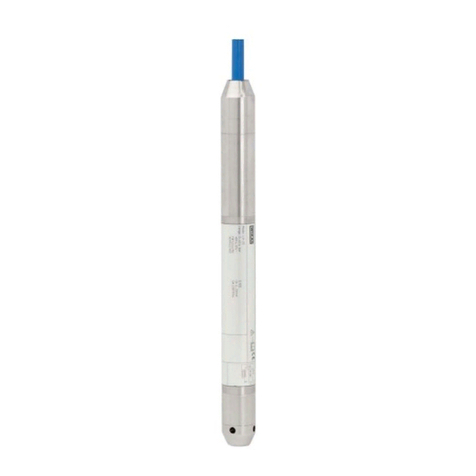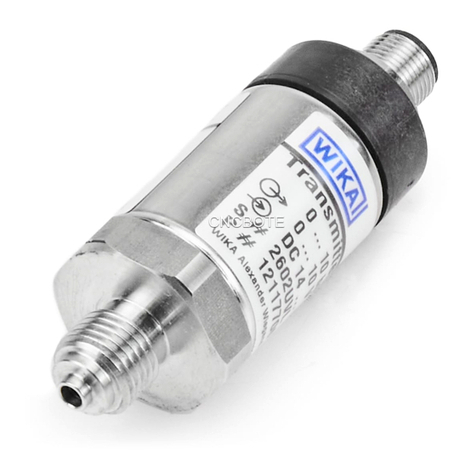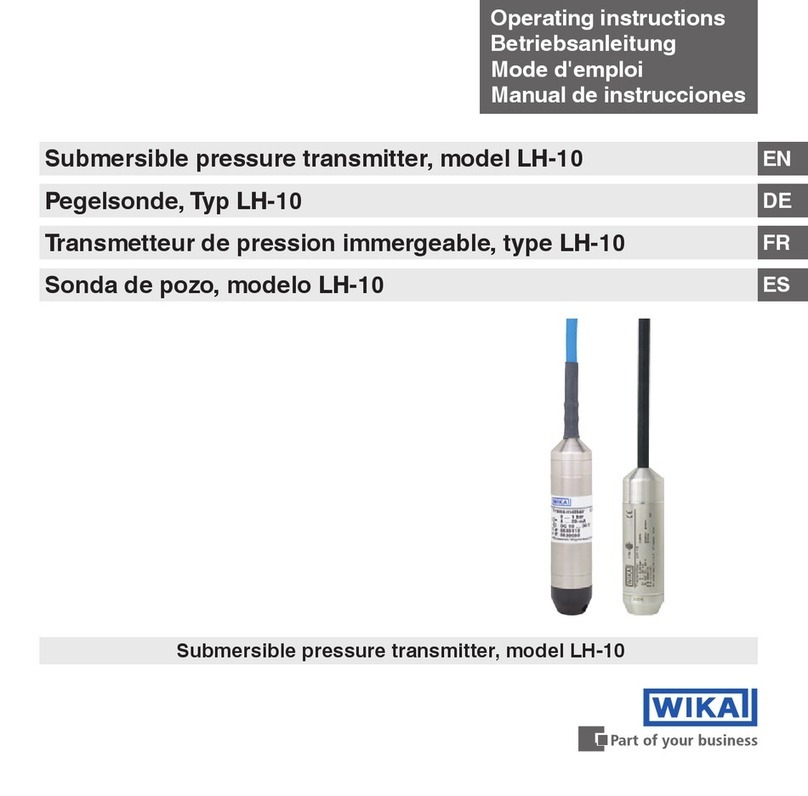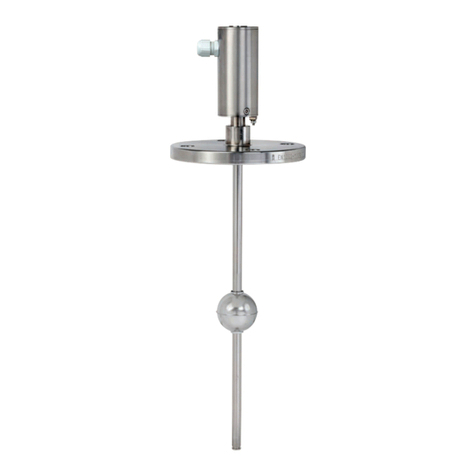Failure Possible cause Procedure
No output signal No/incorrect voltage supply or current
spike
Adjust the voltage supply to correspond
with the Operating Instructions *)
Cable break Check connections and cable
No/False output signal Incorrectly wired (e.g. Connected as
2-wire instead of 3-wire system)
Follow pin assignment (see Instrument
Label / Operating Instructions)
Output signal unchanged after change
in pressure
Mechanical overload through over-
pressure
Replace instrument; if failure reoccurs,
consult the manufacturer *)
Wrong supply voltage or current spike Replace instrument
Signal span dropping off/too small
Diaphragm is damaged, e.g. through
impact, abrasive/agressive media;
corrosion of diaphragm/pressure
connector; transmission fluid missing.
Contact the manufacturer and replace
the instrument
Signal span too small Power supply too high/too low Correct the power supply in line with
the Operating Instructions
Mechanical overload through over-
pressure Re-calibrate the instrument *)
Signal span drops off Moisture present (e.g. at the cable tail) Install the cable correctly
Failure Possible cause Procedure
Signal span erratic Electromagnetic interference source in
the vicinity, e.g. inverter drive
Shield the device; shield the cables;
remove the interference source.
Instrument not grounded Ground instrument
Strong fluctuations in the power supply Stabilise the power supply; smooth it
(i.e.; remove interferences)
Violent fluctuations in the process
media pressure Damping; consult with manufacturer
9. Trouble shooting GB
Do not insert any pointed or hard objects into the pressure port for cleaning to prevent
damage to the diaphragm of the pressure connection.
Take precautions with regard to remaining media in removed pressure trans-
mitters. Remaining media in the pressure port may be hazardous or
toxic!
Remove the pressure transmitter from service and mark it to prevent it from
being used again accidentally, if it becomes damaged or unsafe for opera-
tion.
Have repairs performed by the manufacturer only.
Please verify in advance if pressure is being applied (valves/ball valve etc. open) and if the
right voltage supply and the right type of wiring (2-wire/3-wire) has been chosen?
9. Trouble shooting / 10. Storage, disposal GB
If the problem persists, contact our sales department.
USA, Canada
If the problem continues, contact WIKA or an authorized agent for assistance. If the pres-
sure transmitter must be returned obtain an RMA (return material authorization) number and
shipping instructions from the place of purchase. Be sure to include detailed information about
the problem. Pressure transmitters received by WIKA without a valid RMA number will not be
accepted.
Process material certificate (Contamination declaration for returned goods)
Purge / clean dismounted instruments before returning them in order to protect our employees
and the environment from any hazard caused by adherent remaining media.
Service of instruments can only take place safely when a Product Return Form has been
submitted and fully filled-in. This Return Form contains information on all materials with which
the instrument has come into contact, either through installation, test purposes, or cleaning.
You can find the Product Return Form on our internet site (www.wika.de / www.wika.com).
10. Storage, disposal
When storing or disposing of the pressure transmitter, take precautions with
regard to remaining media in removed pressure transmitters. We recom-
mend cleaning the transmitter properly and carefully. Remaining media in
the pressure port may be hazardous or toxic!
In case of unjustified reclamation we charge the reclamation handling expenses.
*) Make sure that after the setting the unit is working properly. In case the error continues to exist send in the instrument for reparation (or
replace the unit).
!
Warning
!
Warning






